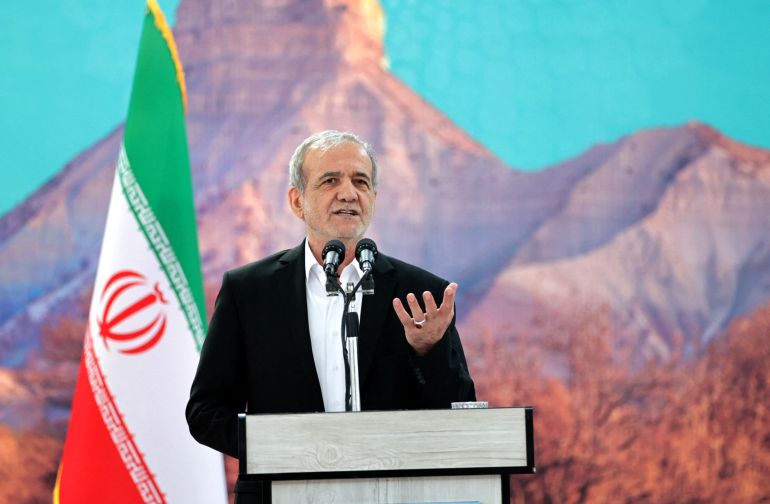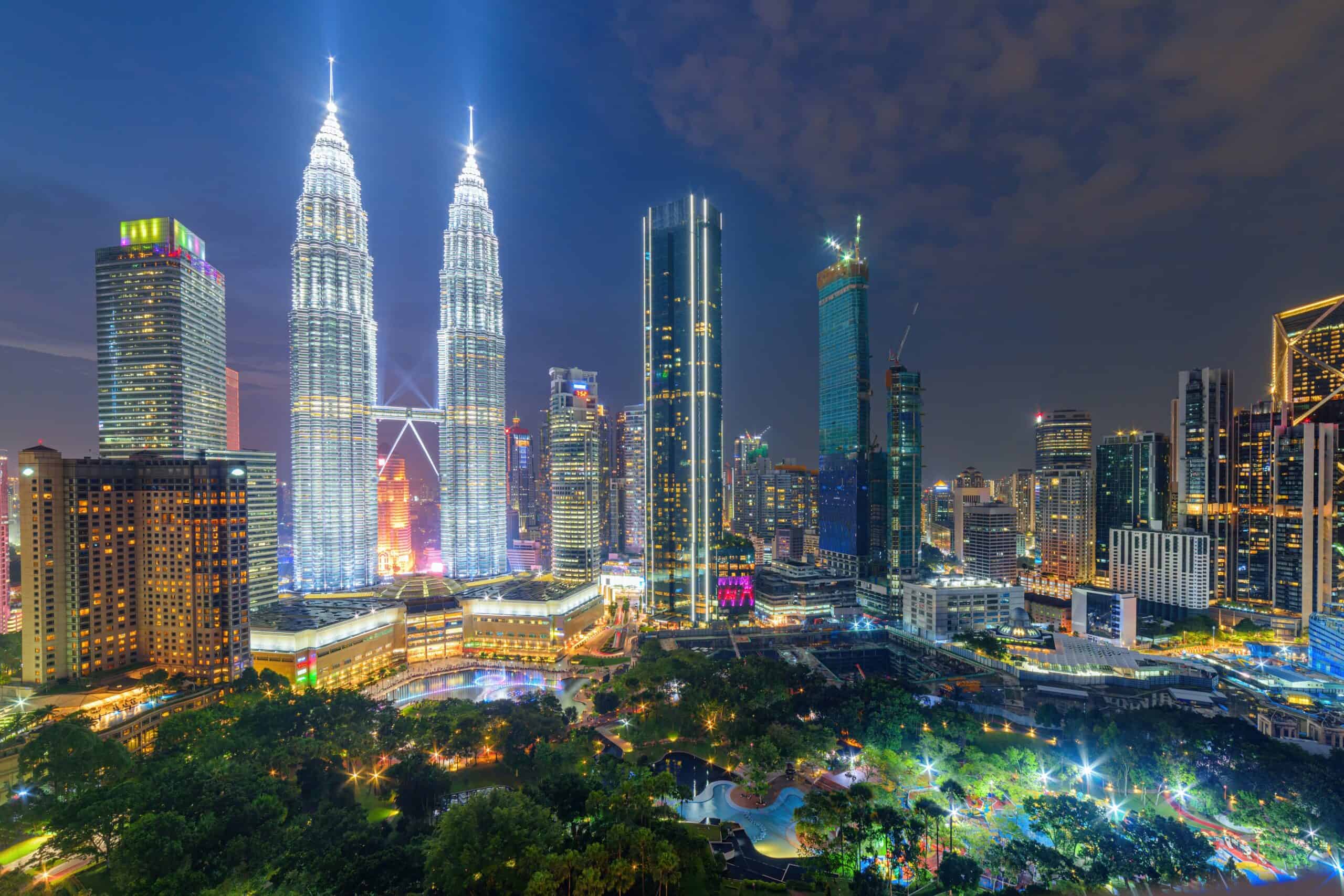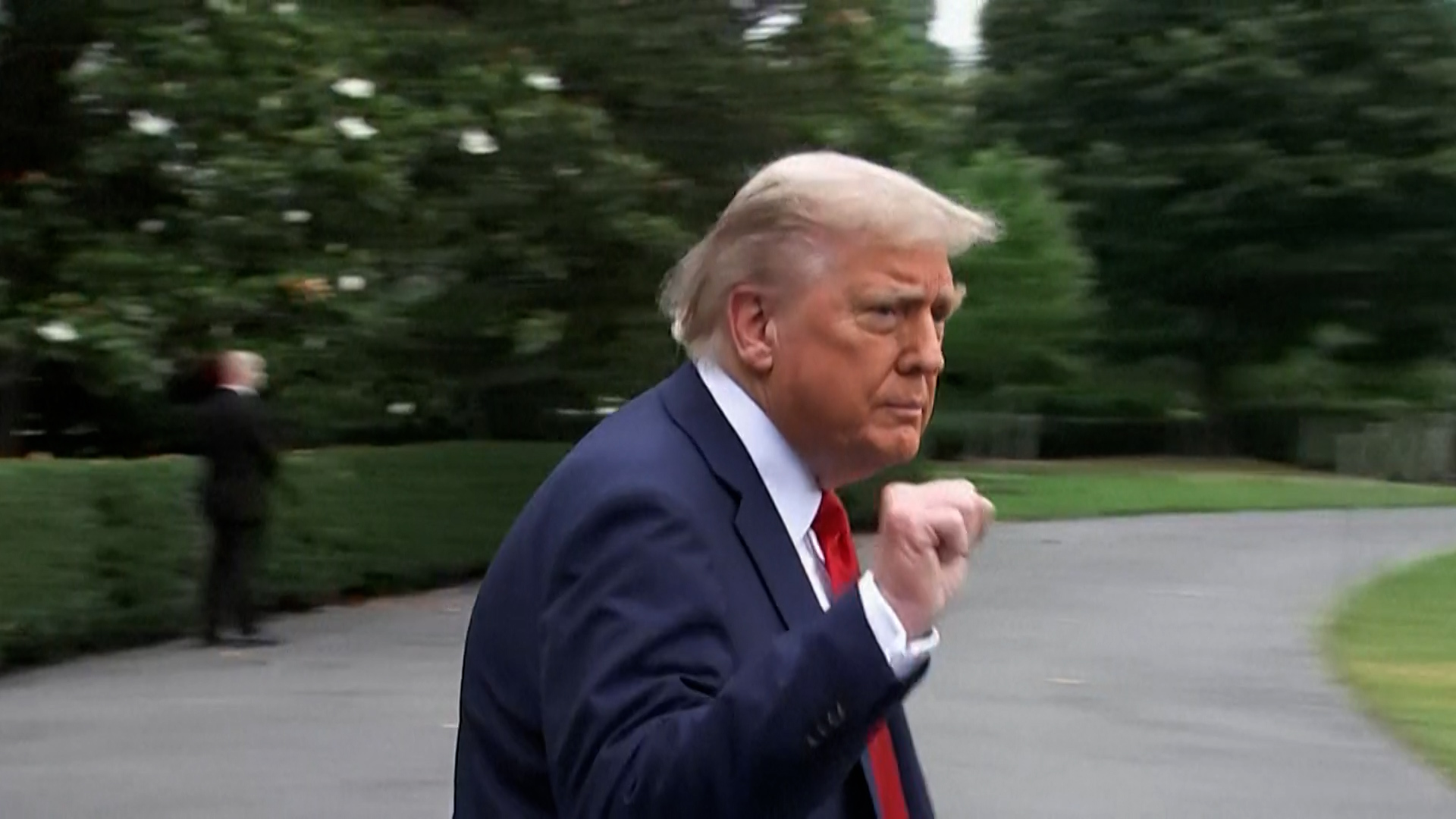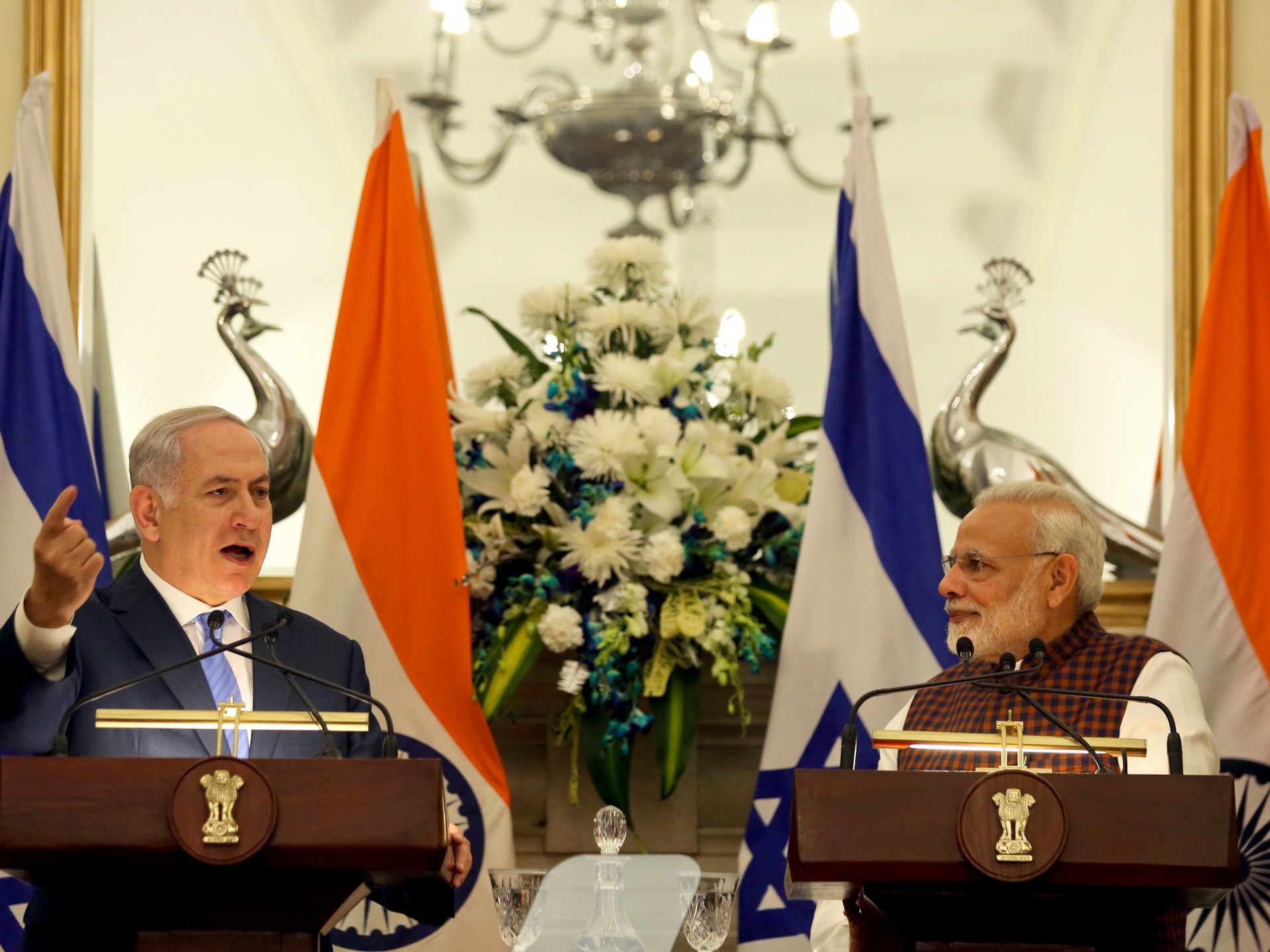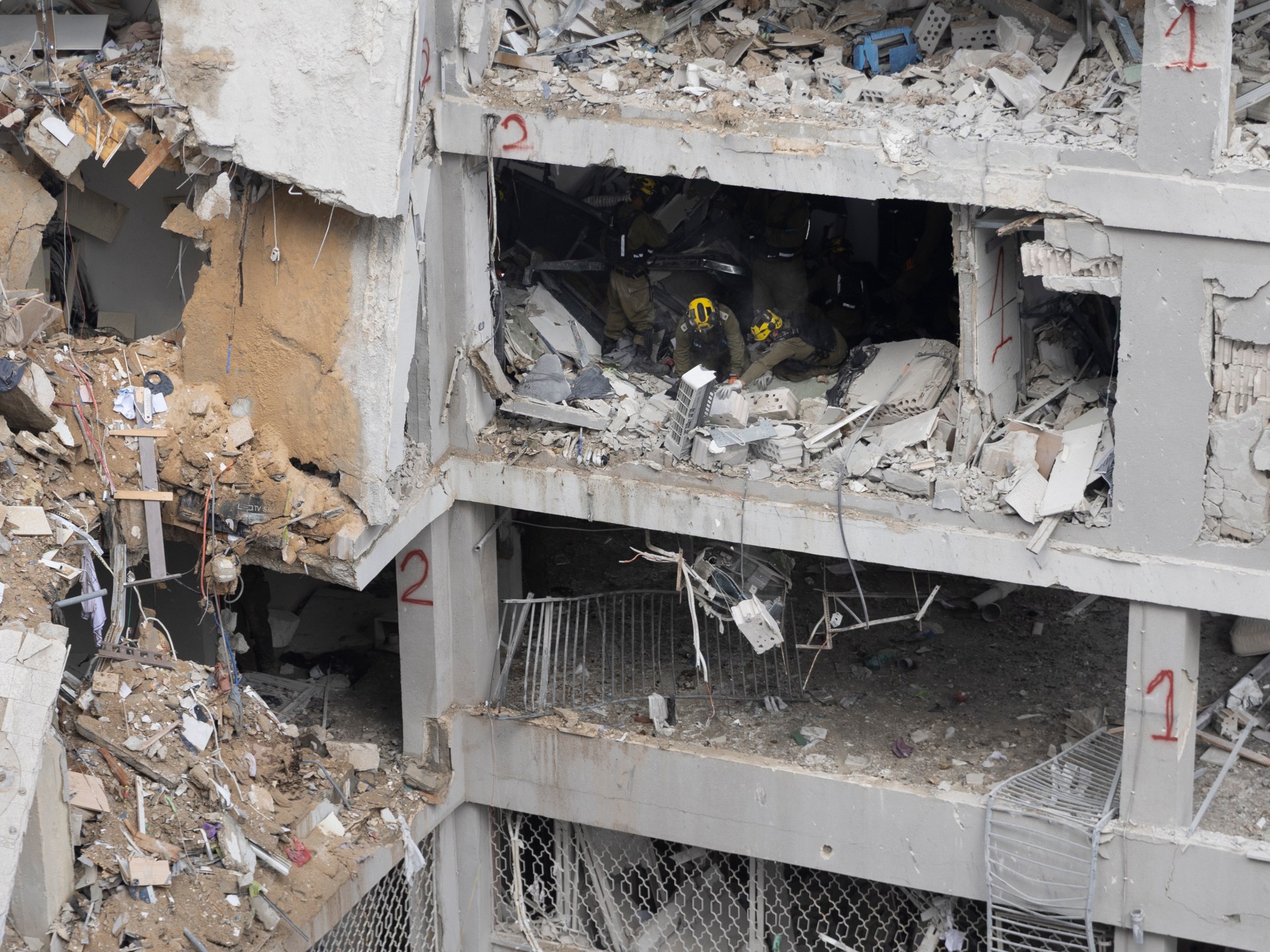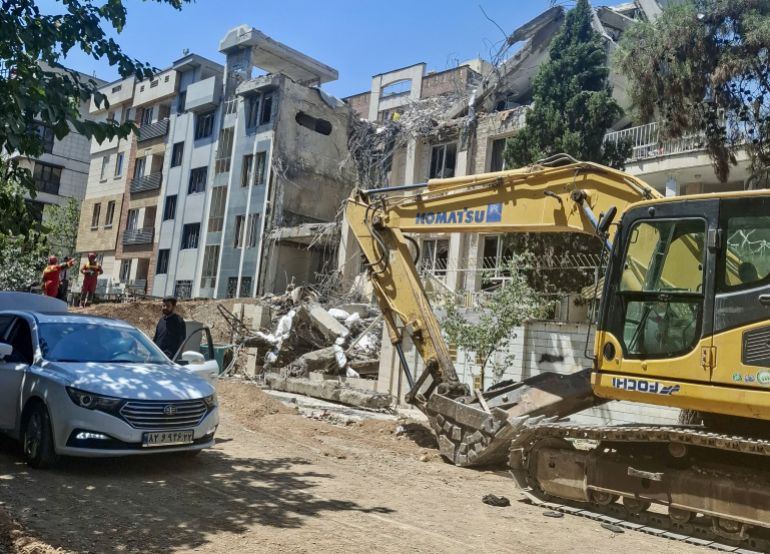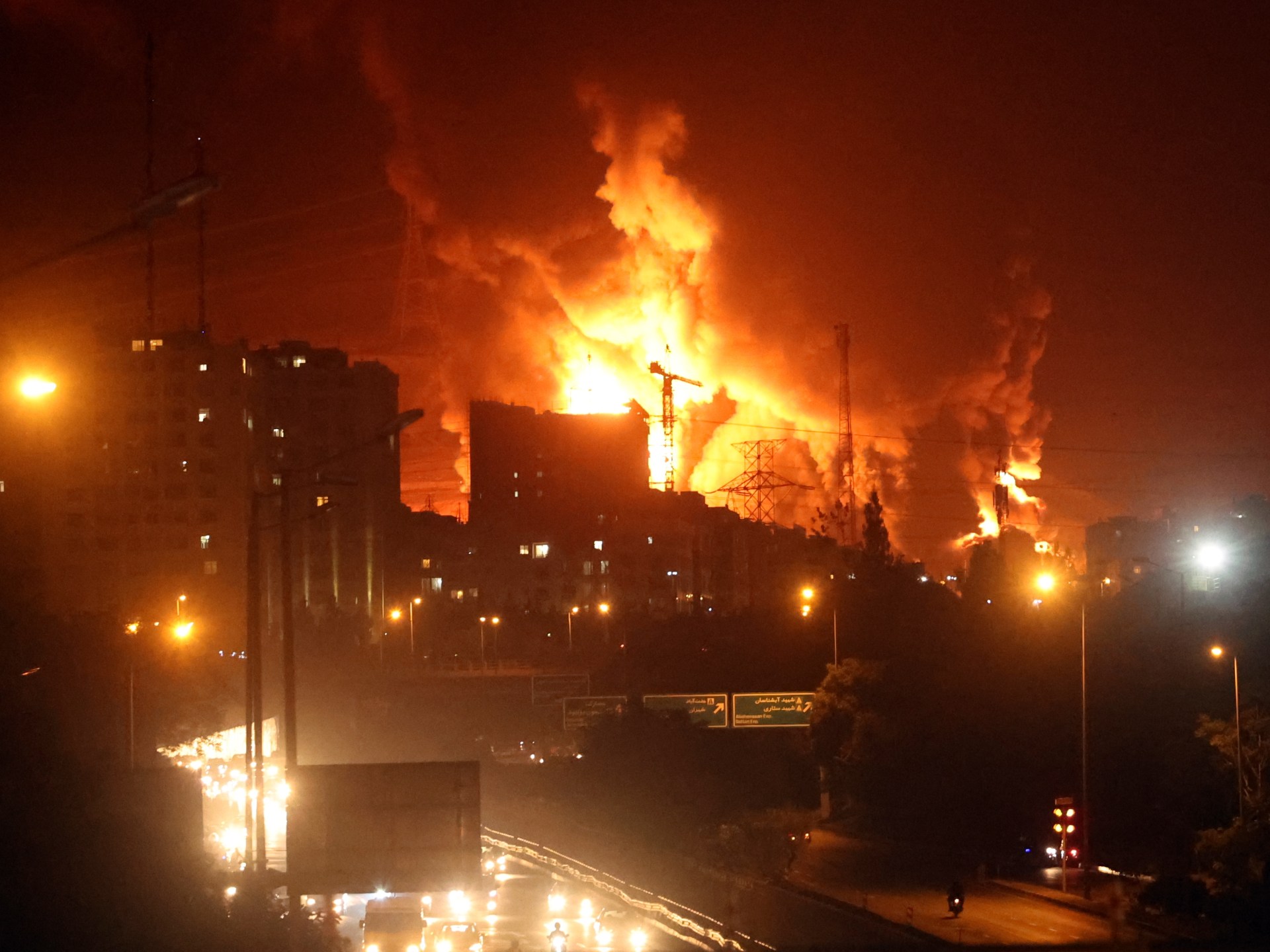New Delhi, India — India has distanced itself from the Shanghai Cooperation Organisation’s (SCO) condemnation of Israel’s ongoing attacks on Iran, signalling a potential rift in the influential Eurasian political bloc over the conflict.
World leaders have repeatedly called for de-escalation amid Israel’s unprecedented attacks on its regional rival, Iran, which threaten to destabilise the region. Last Friday, the latest round of fighting began after Israel launched attacks on Iran’s military and nuclear sites.
This follows two rounds of direct military conflict between Iran and Israel in 2024, which were triggered by Israeli strikes on Iranian targets and subsequent Iranian retaliation.
Iranian authorities say Israeli attacks since Friday have targeted residential and military areas in Tehran as well as many cities across the country, killing at least 80 people, including civilians. Several Iranian nuclear scientists and university professors were killed along with several top-ranking commanders of the Iranian armed forces and the Islamic Revolutionary Guard Corps (IRGC).
Israeli attacks on Saturday hit refineries, power stations and oil reserves across Iran. Tehran has retaliated by launching hundreds of missiles and drones at the Israeli cities of Tel Aviv and Haifa, killing at least 13 people and injuring dozens. Meanwhile, Tehran has also paused nuclear negotiations with the United States.
So, why did India refuse to take part in the discussions or endorse the SCO’s position on Israel’s attacks? Is India backing Israel? And what is at stake for these countries?
What did the SCO say?
The SCO, a political and security bloc founded in 2001, includes China, Belarus, India, Iran, Kazakhstan, Kyrgyzstan, Pakistan, Russia, Tajikistan and Uzbekistan. Iran is the most recent entrant, having joined the SCO under India’s chairmanship in 2023.
On Saturday, the SCO, currently chaired by China, said its member states “express serious concern” over the escalating Iran-Israel tensions and “strongly condemn the military strikes carried out by Israel” on the territory of Iran.
The SCO statement further noted that Israel’s “aggressive actions against civilian targets, including energy and transport infrastructure, which have resulted in civilian casualties, are a gross violation of international law and the United Nations Charter”.
“[Israeli attacks] constitute an infringement on Iran’s sovereignty, cause damage to regional and international security, and pose serious risks to global peace and stability,” the statement added, extending condolences to Iran’s government and people.
“The SCO member states firmly advocate for the resolution of the situation surrounding Iran’s nuclear program exclusively through peaceful, political, and diplomatic means,” the statement noted.
India’s ‘delicate balancing act’
After Israel’s initial strikes on Tehran, Indian Minister of External Affairs Subrahmanyam Jaishankar held a phone conversation with his Iranian counterpart, Abbas Araghchi, in which he “conveyed the deep concern of the international community at the turn of events”.
Jaishankar “urged avoidance of any escalatory steps and an early return to diplomacy,” according to India’s Ministry of External Affairs. The ministry also underlined its concerns in a separate statement on Friday.
“We are closely monitoring the evolving situation, including reports related to attacks on nuclear sites,” the Indian Foreign Ministry said, urging both sides to use existing channels of dialogue and diplomacy to “work towards a de-escalation of the situation”.
“India enjoys close and friendly relations with both the countries and stands ready to extend all possible support,” the statement noted.
Shanthie D’Souza, a senior research fellow at the University of Massachusetts-Amherst, told Al Jazeera, “Unlike other SCO nations, India is in a unique position given that it has to maintain defence ties with Israel and its economic ties with Iran.”
India is Israel’s largest weapons buyer, and in 2024, Indian weapons firms also sold Israel rockets and explosives amid the war in Gaza, an Al Jazeera investigation revealed. At the same time, India has been developing Iran’s Chabahar Port as a gateway for its exports to Central Asia and Afghanistan.
“India has maintained a delicate balancing act [in the latest round of fighting between Israel and Iran],” D’Souza said.
After the SCO statement condemning the Israeli strikes on Iran, New Delhi said it did not participate in discussions about the statement.
“The overall position of India as stated above was communicated to other SCO members,” the Foreign Ministry said, referring to its earlier statement for India’s official position.
Is India backing Israel?
Not explicitly. But by distancing itself from the bloc’s stance, New Delhi has weakened the force of the SCO’s condemnation of Israel’s attacks on Iran.
A day before distancing itself from the SCO statement, India abstained from voting in the United Nations General Assembly on a draft resolution that demanded an “immediate, unconditional and permanent” ceasefire in Gaza.
To Kabir Taneja, the deputy director of the strategic studies programme at the New Delhi-based Observer Research Foundation, India’s abstention at the UN was perplexing. He suggested that it may have been influenced by India’s desire to maintain good relations with the US, noting how India is close to a trade agreement with Washington – a deal it is trying to clinch before US President Donald Trump’s threatened 27 percent tariff on Indian goods is lifted in early July.
National interests aside, Taneja noted that New Delhi’s distancing from the SCO on the Israel-Iran tensions also “reflects on the construct of the SCO, where India is sort of an outlier inside”.
While China and Russia are close to Iran, Taneja said, given India’s relationships with the US and Israel, “it would have been very difficult [for India] to subscribe to SCO’s particular wording and statement”.
Is US pressure on Iran threatening India’s regional ambitions?
Before Trump imposed sanctions following the US withdrawal from the Iran nuclear deal in 2017, Iran was India’s third-largest oil supplier.
In February, after Trump returned for a second term in office, he doubled down on economic pressure tactics to corner Iran by suspending sanction waivers “that provide Iran any degree of economic or financial relief, including those related to Iran’s Chabahar port project”.
The port would allow India to bypass its rival, Pakistan, by trading with landlocked Afghanistan and Central Asia via Iran. India had secured a sanctions waiver from the US during the first Trump administration for work related to Chabahar.
Now, Trump’s sanctions put New Delhi’s multimillion-dollar investment in the strategically located maritime facility at risk.
But India’s interest in maintaining strong ties with Iran goes beyond just the port project. Taneja noted that India values Iran’s geographic position because it provides it with access to Afghanistan and Central Asia – regions important for India’s trade, security, and influence.




